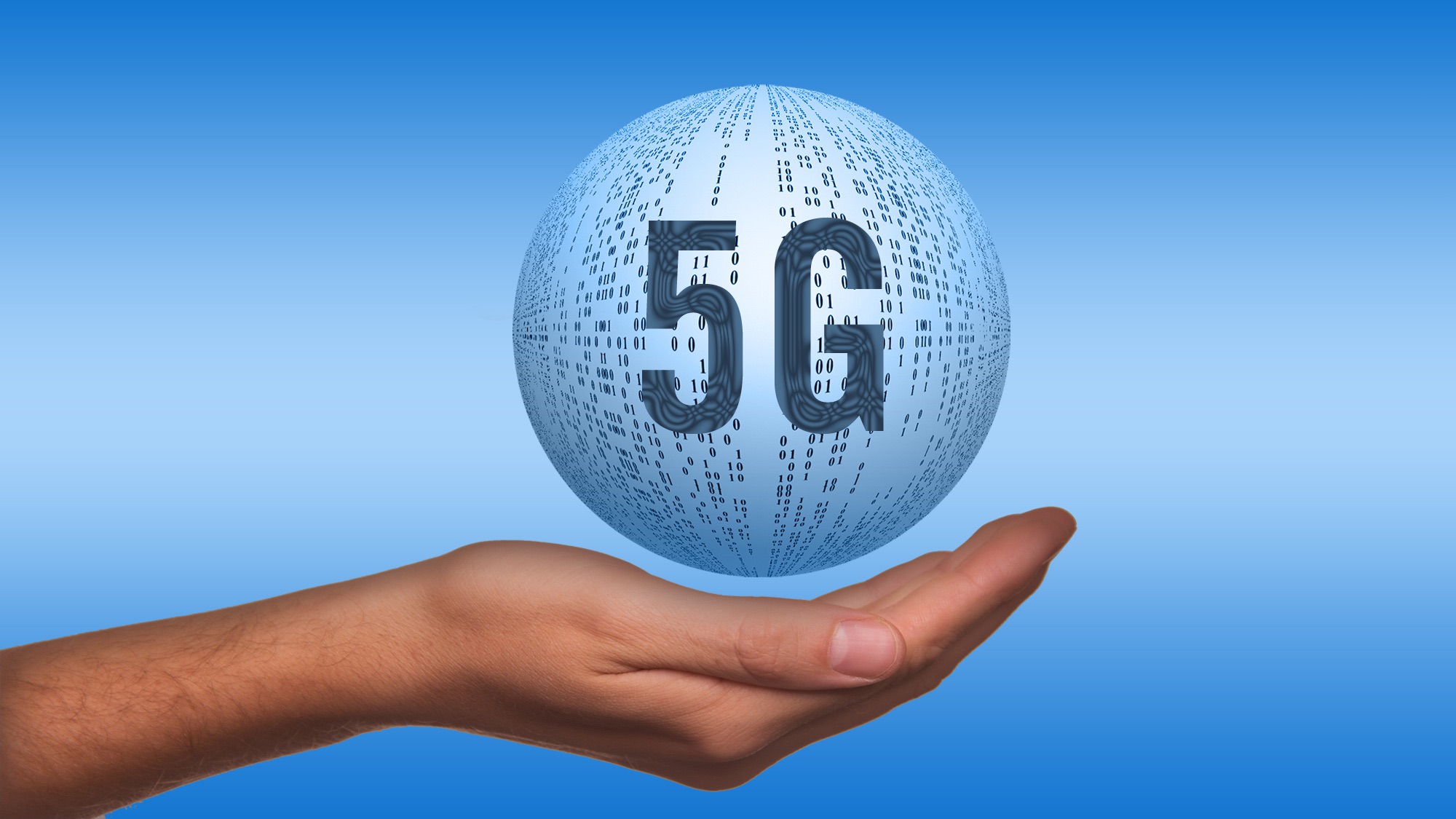 1489
1489
 2020-07-20
2020-07-20

Apple’s filed a pair of patent applications with the US Patent and Trademark Office detailing 5G network slicing and more ahead of the company’s first 5G iPhone launch later this year.
While these patent applications don’t necessarily confirm existence of a 5G-enabled iPhone, many analysts have been saying that 2020 will mark the year Apple releases its first iPhone models with 5G capability that could kick off a new upgrade super-cycle.
One patent application covers wireless devices that can connect to 4G and 5G networks and the other details 5G network slicing, which enables carriers to slice a cellular network into multiple layers, each with their own speeds and latencies based on a device’s needs.
RCR Wireless has a detailed explainer on 5g network slicing.
As PatentlyApple notes, both patent applications are dated July 14. The patent application that covers dual 4G and 5G connectivity was filed back in December 2017 and the network slicing one was filed in October 2018.
From the PatentlyApple article: Apple notes that it may be desirable to support spatial ranging operations at millimeter and centimeter wave frequencies between 10 GHz and 300 GHz. However, if care is not taken, the wireless circuitry will exhibit insufficient bandwidth for performing satisfactory spatial ranging operations at these frequencies.
It would therefore be desirable to be able to provide electronic devices with wireless circuitry that supports millimeter and centimeter wave spatial ranging operations at relatively high bandwidths.
Apple’s invention covers both spatial ranging operations using a multiple-input and multiple-output (MIMO) radio detection and ranging (RADAR) scheme. The network slicing patent appears to be the “result of Apple’s decision to acquire the majority of Intel’s smartphone modem business” because Intel is listed as the applicant.
Although 5G cellular technology in the United States and elsewhere is currently in its early innings in terms of deployment, research firm Strategy Analytics believes that Apple could become the leader in 5G phones provided it matches the iPhone 11 upgrade rates and makes the entry-level model of a 5G iPhone more affordable by keeping its price under $1,000.
Flagship 5G smartphone models from other vendors topically cost around $1,000, but Wedbush Securities analyst Daniel Ives said last week that he believed that Apple could release a 5G iPhone 12 that cost less than $1,000.
Source: iDB